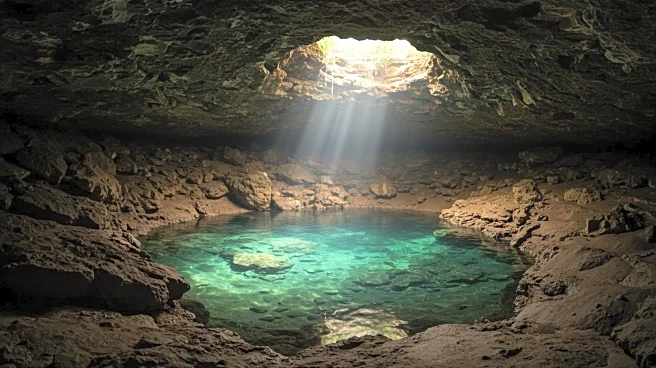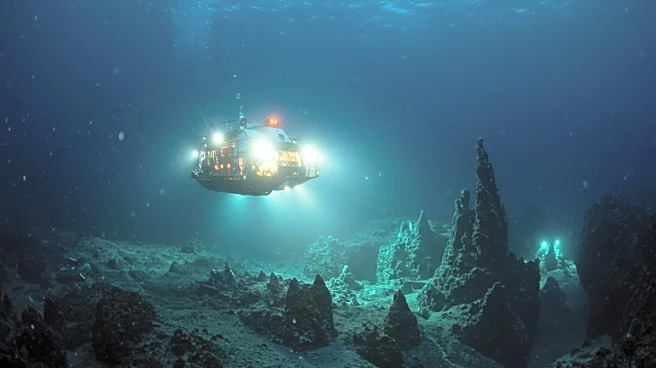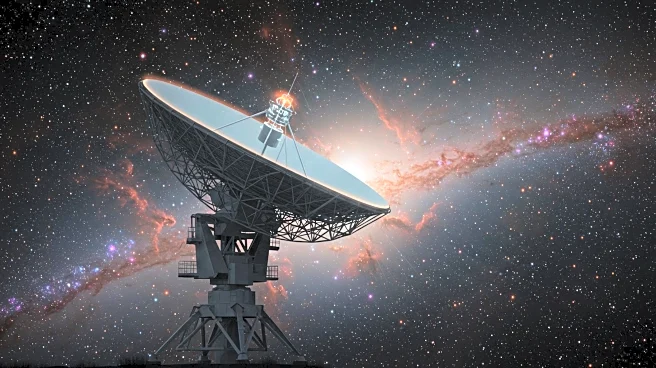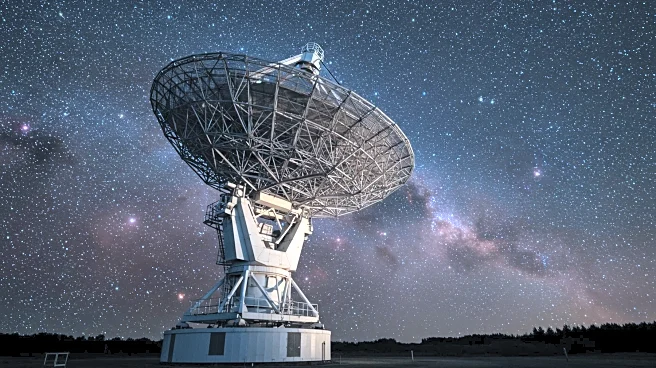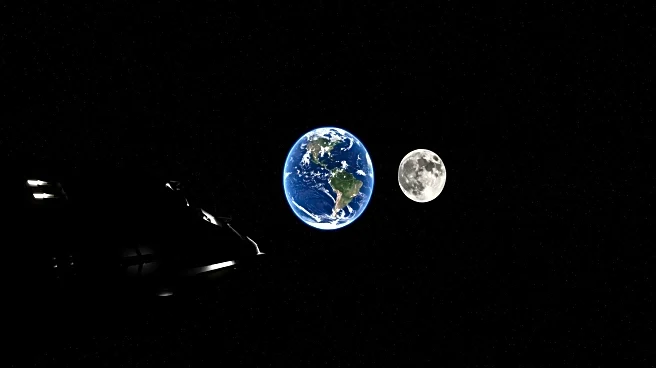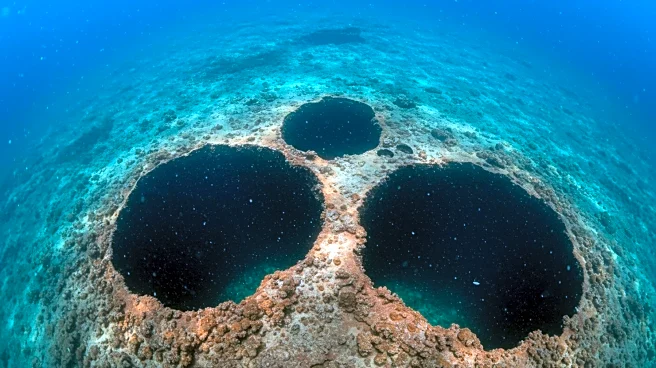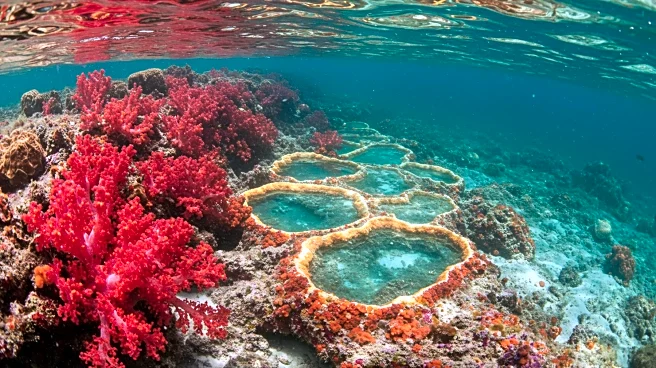What's Happening?
In 2016, a team of geologists led by Professor Barbara Sherwood Lollar discovered a water source trapped in rock for over 2.6 billion years deep beneath a Canadian mine. This ancient water, still actively bubbling from the depths, has provided unprecedented insights into the survival of ancient microbial life. The water's chemical composition, particularly the presence of sulfate, indicates that microbial communities once thrived in this isolated environment without sunlight, relying instead on radiation from surrounding rocks for nutrients. This discovery not only sheds light on Earth's deep biosphere but also suggests the potential for similar life forms on other celestial bodies.
Why It's Important?
The discovery of Earth's oldest water has significant implications for understanding the resilience and adaptability of life. The presence of microbial life in such an ancient and isolated environment suggests that life could exist in similar conditions elsewhere in the universe, particularly on planets or moons lacking sunlight but rich in chemical reactions. This finding could influence future astrobiological studies and the search for extraterrestrial life. Additionally, the study of this ancient water provides valuable insights into Earth's geological history and the processes that sustain life in extreme environments.
What's Next?
The implications of this discovery may lead to further exploration of subterranean environments on Earth and beyond. Scientists may focus on identifying other ancient water sources and studying their potential to harbor life. This research could also inform the search for life on Mars and icy moons like Europa, where similar conditions might exist. The findings could drive advancements in astrobiology and influence future space missions aimed at discovering life beyond Earth.
Beyond the Headlines
The discovery highlights the ethical and philosophical questions surrounding the search for life beyond Earth. It challenges our understanding of life's adaptability and raises questions about the potential for life in environments previously considered inhospitable. This could lead to a reevaluation of the criteria used to identify habitable zones in the universe and influence the direction of future scientific research.


